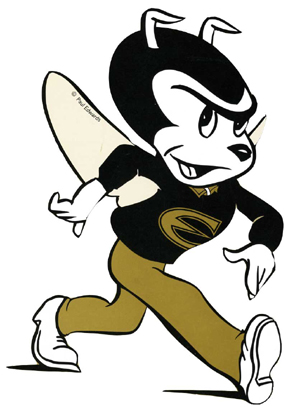- ESIRC Home
- →
- Theses
- →
- Theses 1995
- →
- View Item
JavaScript is disabled for your browser. Some features of this site may not work without it.
| dc.contributor.author | Berry, Brett Alan. | |
| dc.date.accessioned | 2012-06-27T15:54:55Z | |
| dc.date.available | 2012-06-27T15:54:55Z | |
| dc.date.created | 1995 | en_US |
| dc.date.issued | 2012-06-27 | |
| dc.identifier.uri | http://hdl.handle.net/123456789/1583 | |
| dc.description | viii, 42 leaves | en_US |
| dc.description.abstract | The purpose of this study was to determine if the factors of eye dominance, reaction time, and response time are predictive of hitting performance. A second purpose of this was to determine if there is a difference in reaction time and response time between crossed-dominant hitters and unilateral hitters. The participants of the study were Emporia State University varsity baseball players (N=1 1) ages 18-23, who were members of the 1993 and 1994 teams. The participants were tested for reaction time using a Lafayette reaction time switchboard and for response time using a ruler drop test. Hitting performance was assessed using on-base average, batting average, and strikeout-to-walk percentage. Participants were also tested for eye dominance using two valid tests. A multiple regression was used to determine if eye dominance, reaction time, and response time could predict hitting performance. At-test was used to determine if there was a difference in reaction time and response time between crossed-dominant and unilateral hitters. All data were analyzed at the p<.05level of significance. No significant results were found. | en_US |
| dc.language.iso | en_US | en_US |
| dc.subject | Baseball-Physiological aspects. | en_US |
| dc.subject | Batting (Baseball)-Physiological aspects. | en_US |
| dc.title | The effects of crossed-dominant vision, reaction time and response time on hitting performance in baseball. | en_US |
| dc.type | Thesis | en_US |
| dc.college | other | en_US |
| dc.advisor | Kathy Ermler | en_US |
| dc.department | health, physical education and recreation | en_US |


